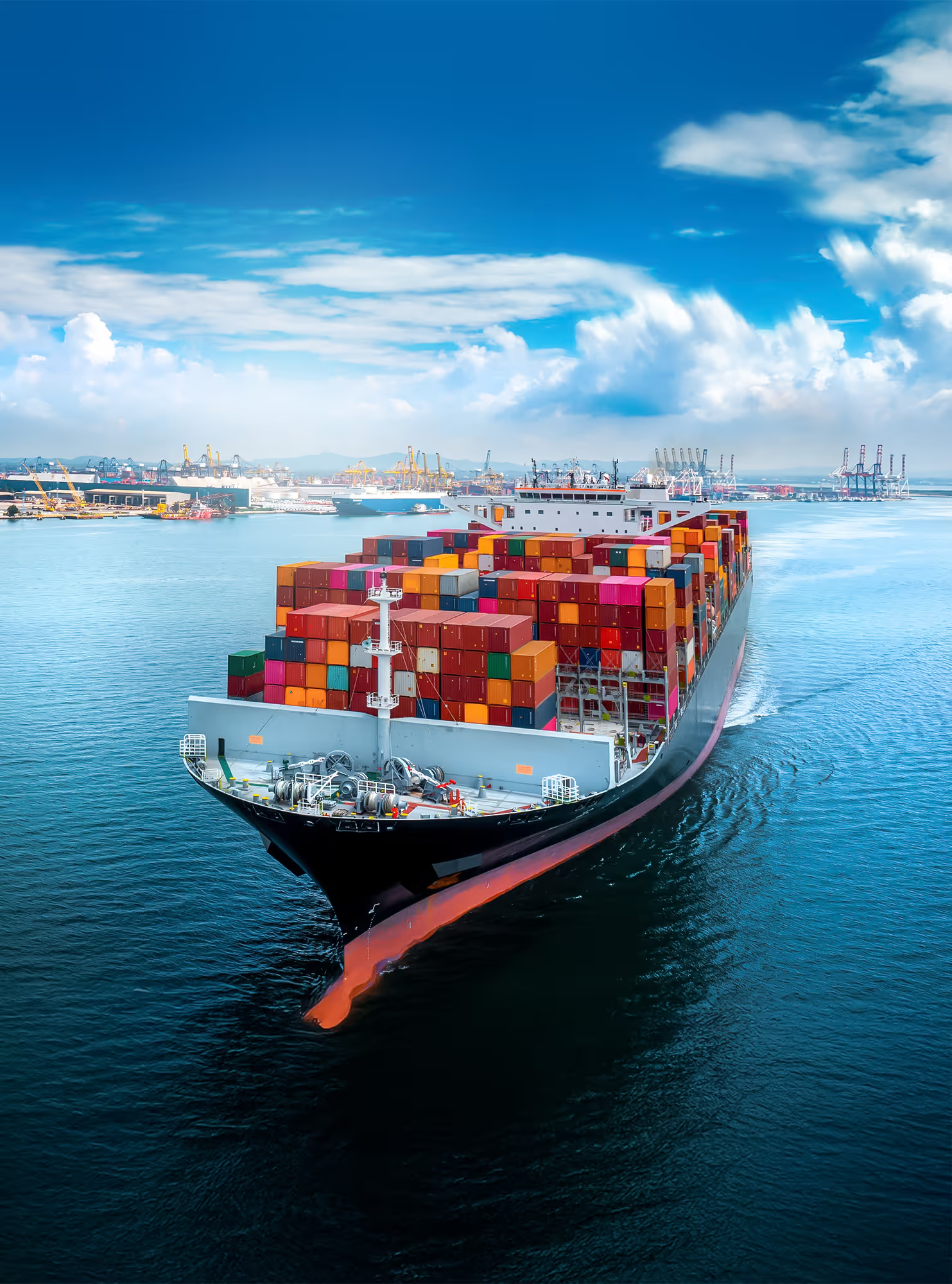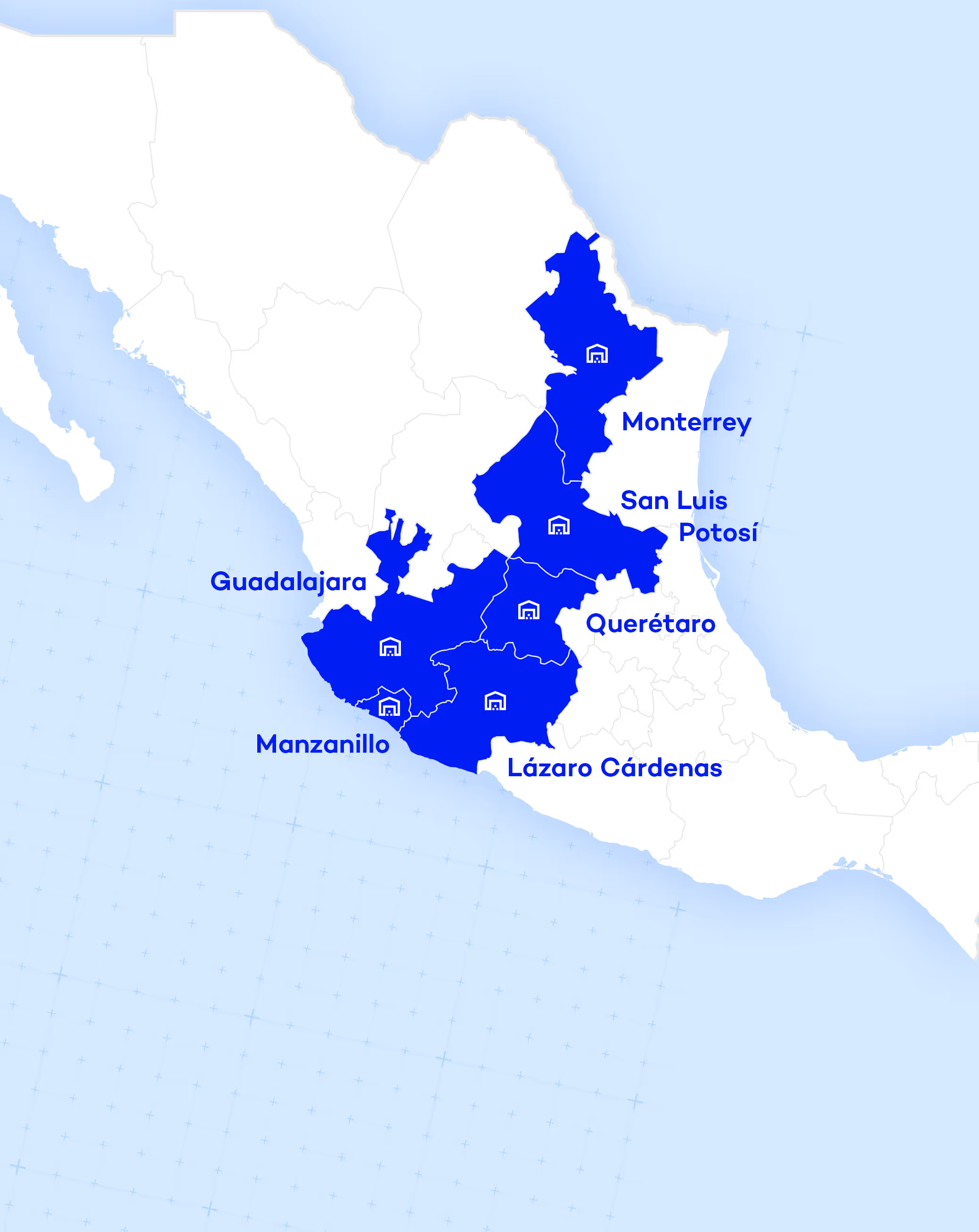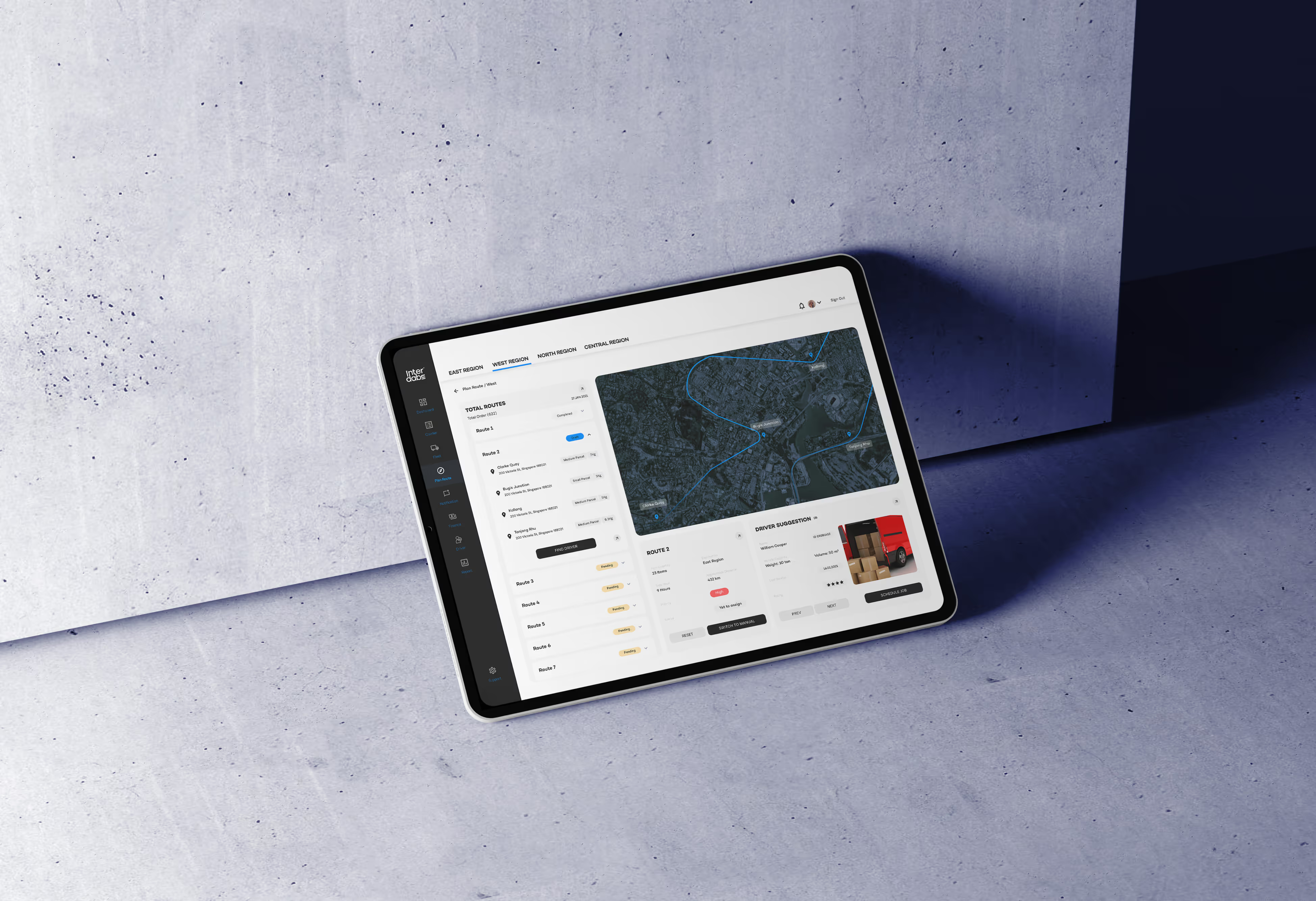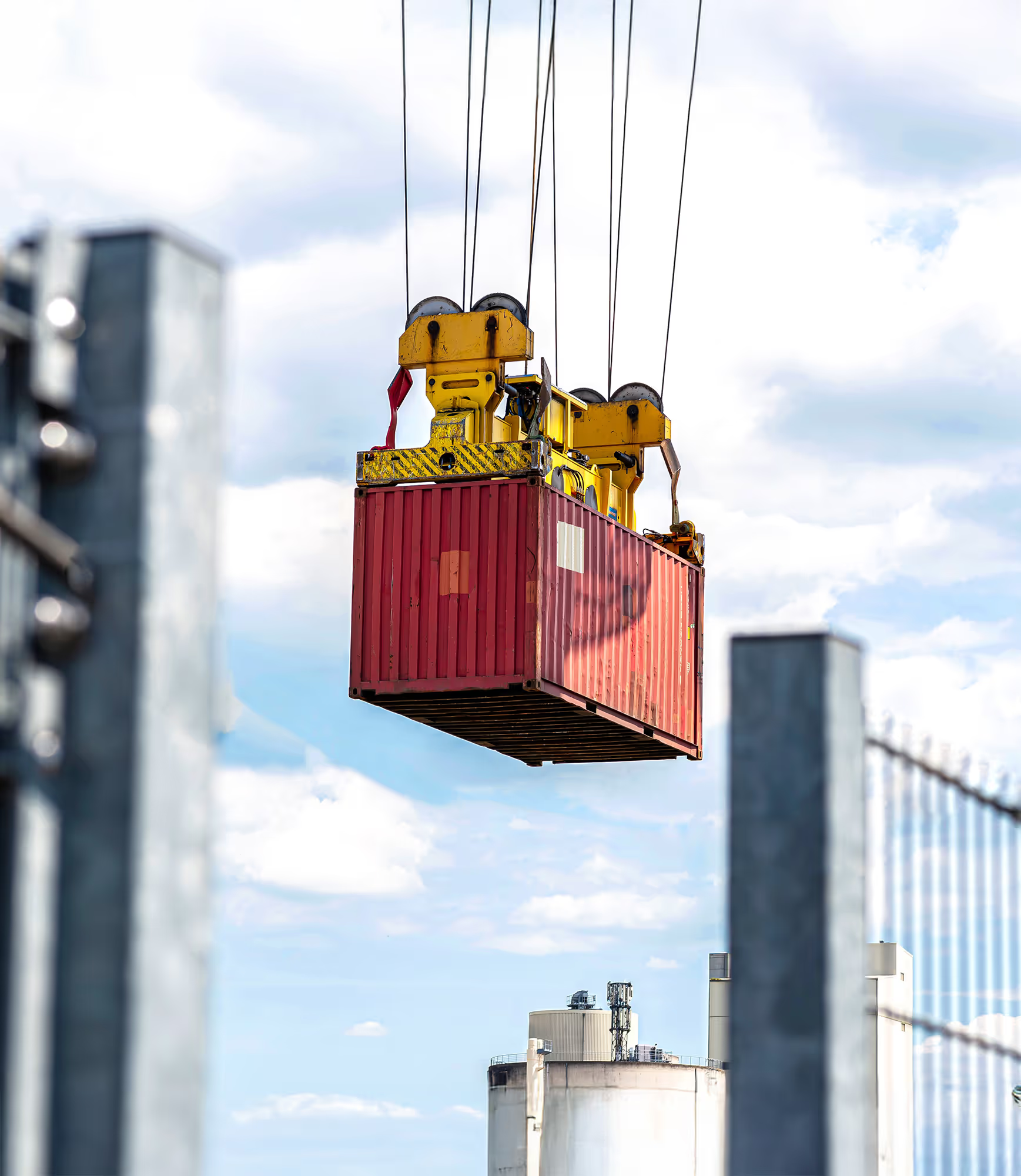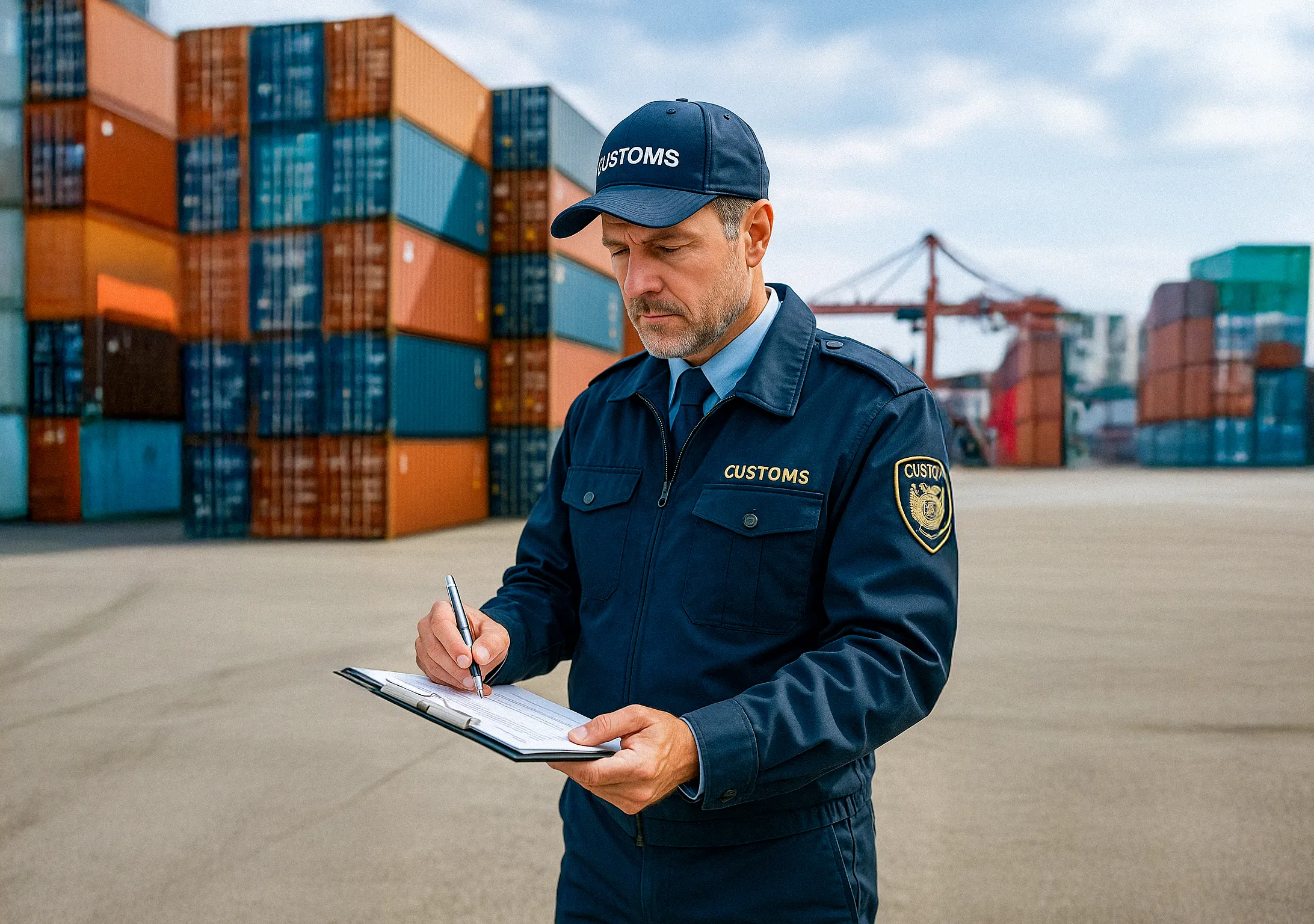How to prepare an error-free customs compliance file?
Avoid fines and delays with a well-organized customs file. Here's what it should contain and how to manage it.
In foreign trade, a documentary error can mean days of delay and extra costs. With the rise of nearshoring in Mexico, having an impeccable record is more critical than ever. Next, we'll look at what's included, who's responsible, and best practices.
What is the customs compliance file?
It's the set of documents that prove that an import or export was carried out in accordance with the Customs Act, its Regulations and the RGCE. It must be integrated for each operation and kept for at least 5 years.
Since 2019, the electronic file has also been required, with all the documents transmitted via VUCEM and their accusations. By 2023, more than 300 million documents had already been digitized, reflecting the magnitude of document management in Mexican customs.
Keeping it in order is not optional: the SAT/ANAM may require it at any time, and treaties such as the T-MEC also require keeping the source documentation.
Required documents in a customs file
According to the Customs Act (for example, Art. 36-A applies to imports), all transactions must be supported by basic documents. Then the mandatory documents What They can't be missed in your customs file, whether for import or export:
- Customs order with acknowledgment
Official declaration validated electronically by the authority, with its confirmation of validation, value data, tariff fraction, origin and taxes.
- Commercial Invoice
The tax receipt of the international purchase (can be original or digital version). It must match the order in description, quantities and values, detailed description of the goods (quantities, weight, model or item), unit and total value, currency, agreed Incoterm, date, invoice number, and others. Invoice information It must match exactly with the one declared in the order (values, quantities, description) to avoid inconsistencies.
- Transport document (BL/AWB/Carta Porte)
It covers international transport depending on the mode of transport. It includes information about the consignee authorized to receive the cargo, route and means of transport, shipping or airline, description of the cargo (number of packages, weight, container, etc.) and is usually signed by the carrier.
- Certificate of origin (when applicable)
Accredit compliance with rules of origin to access tariff preferences. It is mandatory if you want to obtain tariff preferences from an FTA (e.g. T-MEC, EU-Mexico, etc.). It must contain the data required by the treaty. If a tariff preference was declared in the order, the corresponding certificate must appear on the file; otherwise, in an audit, you could lose the benefit and have to pay fees retroactively.
- Packing list
Detailed inventory of the packages and contents of the cargo. It helps the customs broker and the authority to physically identify the merchandise during inspections and verify that it matches the invoice and the order.
- Non-Tariff Regulatory Permits, Certificates, or Documents (RNAs)
Any permit, license, certification or document required by any government agency for that merchandise, depending on its tariff fraction. For example, NOM certificates, sanitary certificates, phytosanitary certificates, import licenses, among others.
If a non-tariff regulation or restriction (RRNA) was declared in the order, the file must include the document that verifies compliance, as transmitted via VUCEM. The absence of a mandatory permit will stop import/export until the correct document is submitted.
- Proof of payment for customs services
The receipt, invoice or proof of payment for the services of the customs agent (fees, expenses) and other intermediaries. This serves to document the customs and incremental management costs paid. Having this proof can be important in case of an audit.
- Contract for the provision of logistics services or incremental costs (if applicable) — If you contracted a logistics service associated with import/export whose costs will be considered “incremental” in the customs value (for example, international freight, insurance, special cargo handling), it is advisable to include a copy of the contract or documentation for that service. This supports the amounts stated by these concepts in the statement of value.
Note:
It doesn't matter if it's a conventional shipment or oversized project loads, the same basic documents must be integrated. For example, in an export of heavy machinery that is shipped via RoRo vessel (roll-on/roll-off), the BL must list the serial number of each unit and be correctly entered; the same applies to an import of industrial equipment transported in LoLo mode (lift-on/lift-off with a crane), where the bill of lading will describe special handling.
In all cases, a well-armed file - with clear, legible and matching documents - will ensure that the cargo does not suffer unnecessary delays at customs.
{{aduanas}}
Who is responsible for the file?
Both the company importer or exporter since your assistants must assume responsibility for the customs file:
- El importer/exporter: He is the principal obligor before the law. You must integrate and keep the record of each operation. In Mexico, Article 59 of the Customs Law establishes the obligation of importers (and also exporters) to keep the customs documentation of their operations and submit it to the authority when required.
- El customs agent or customs agent: He is the legal representative who processes the customs clearance. You also have a duty to keep a backup of the documentation for each order you process, and to provide the importer/exporter with a copy of the relevant documents (for example, a sealed order, permits processed, proof of tax payments).
In fact, customs agents usually file mirror files for each operation, as the authority can oversee them as well.
- El logistics operator (3PL/4PL company): If the company contracts a comprehensive logistics service (for example a 4PL like InterDabs), the latter may be responsible for assembling the customs file as part of the service. This must be contractually agreed upon, but many companies choose this solution to simplify their administrative burden.
The 4PL coordinates with the customs broker, carriers and other actors to gather all the documents and deliver them to the customer already organized (normally in digital format). InterDabs, for example, provides its customers with the complete digital record of each operation, ensuring that it is correct and accessible for inspections.
In short, the importer/exporter cannot delegate ultimate legal responsibility —if documentation is missing, the fines will be imposed on him—, but with the right support (customs agency, forwarder, 4PL) it is easier to comply at 100%. All parties must collaborate so that the file is integrated without errors.
{{4pl}}
Common mistakes when putting together the file
Even experienced professionals make oversights. These are some common mistakes when integrating the customs file, which should be avoided at all costs:
- Lack of signatures or seals on key documents: Invoices, BLs or certificates without an official signature or seal become invalid. An unsigned certificate of origin or an unstamped bill of lading from the carrier may be objected to. Check that all documents are duly signed.
- Request without proof of validation from the SAT: The order must include the electronic validation acknowledgment which confirms that it was transmitted and paid for. Without this proof, the authority may consider the request invalid in audits or reviews, causing penalties and delays.
- Inconsistencies between invoice and order: It is common to find differences between invoice and order in values, quantities or descriptions (example: invoice with 100 pieces and order with 99). Any discrepancy generates immediate alerts. Make sure that the invoice number, value, currency, net/gross weights and description match on all documents.
- Absence of support for tariff preferences (certificates of origin): If you declare preferential tariff treatment without attaching the certificate of origin or evidence of compliance, the authority may charge retroactive fees and fine. It always includes the corresponding certificate and maintains documentary support (invoices for supplies, declarations of origin, etc.).
These documentary errors can be avoided with thorough revisions. The lack of a single document can cost between $3,700 MXN and $5,590 MXN per pediment according to the Customs Act. If the omission is repeated in several documents, fines can reach 130% to 150% of the amount omitted, not counting additional charges.
Recommended Best Practices
To ensure perfect customs compliance and avoid fines or delays, implement these good practices in managing your files:
Create folders (physical or electronic) for each operation:
Maintain Organized the documentation for each import or export in a separate file (ideally digital, in PDF or in a system). An electronic shipment folder - with an identifiable name or sheet, such as the order number or date - makes it easy to locate documents quickly for any requirement. Modern digital tools even allow you to automatically integrate the documents for each order by connecting to the SAT, saving time and reducing human errors in the collection.
Establish an internal protocol with checklist:
Design a standardized checklist for each office. Before closing the operation, review the checklist ensuring that all the required documents are there and that the data match each other. “Triple verification” (invoice vs. order vs. other documents) is key. Many companies paste a checklist sheet to each physical file or implement a digital list that must be completed. This disciplined internal control will help to not miss anything.
Use customs document management software:
Lean on the Technology available (foreign trade modules from your ERP, specialized file systems, cloud storage, etc.). Today there are tools that even they automatically validate fields and detect discrepancies in your documents. For example, systems that cross invoice and order data to indicate if there are differences, or that verify that you attached all the required PDFs before releasing a file. These solutions dramatically reduce human errors and generate an easily accessible central repository. Investing in a good document system translates into time savings and peace of mind in audits.
Regularly audit closed operations:
Don't wait for a notification from the SAT to discover an incomplete file. Implement self-audits periodic. For example, each quarter you randomly select some imports/exports that have already been completed and check that your file is 100% in order. If you find faults, correct them immediately and reinforce the measures so that they do not happen again. Some large companies carry out electronic audits of all their operations before paying for the order, to detect errors in time. If your volume allows it, it's excellent practice. In either case, a regular retrospective review prepares you for a possible SAT visit.
Train staff in current regulations:
Make sure that the team in charge (whether they are traffic analysts, customs assistants, logistics personnel) is up to date on regulations. The RGCE are updated every year and the Customs Law may undergo modifications that impact what documents are needed or how to integrate them. Maintain a continuous training program in customs and foreign trade matters. For example, training on new provisions of the T-MEC, changes in NOM certificate requirements, use of the One Stop Shop, etc. An up-to-date staff makes fewer errors and will be able to respond better to document changes or contingencies. Your customs broker or external consultant can provide these updates on a regular basis.
🔍 In InterDabs we implement all these good practices: we deliver the complete digital file with each operation and we anticipate to prevent errors that could turn into fines or surprise audits.
📞 Do you want to have everything in order before an SAT visit or document review? Write to us.
{{asesoria}}
Everything your logistics needs







